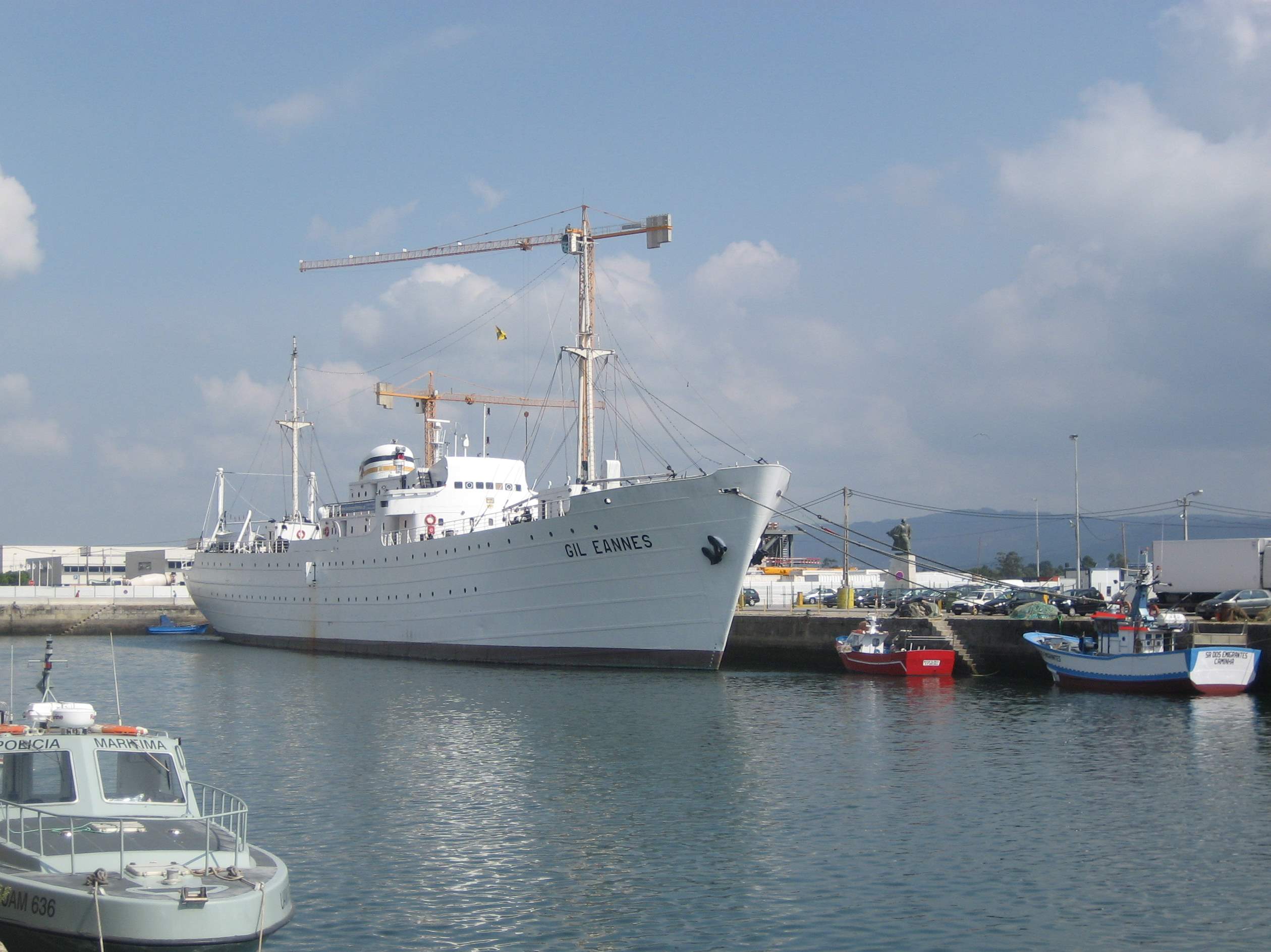Viana do Castelo
At dawn, the geometric shadows develop the charms of Viana do Castelo, among its manuelistas buildings, Baroque, revivalist and artdeco, between the streets and alleys of the historic center, which draw attention for its armoriadas facades by tiles, between the blue river Lima and the lush natural parks, Viana do Castelo is impossible to resist.
Historical Center of Viana do Castelo
Here are the renowned times of Viana do Castelo, maintained and preserved, these are considered beautiful and majestic, capturing our curiosity and desire to know. Highlights include the medieval Mother, the Old Town Hall, the sixteenth-century House of Mercy and the Fountain, true examples of Portuguese architecture.
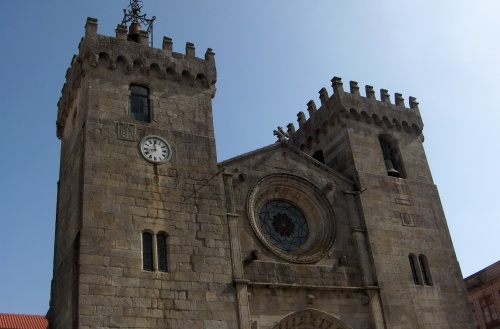
Fountain from the Republic Square
From the sixteenth century, this was for many years the water supply point for the Viennese population and an urban reference of the town for its monumentality effect.
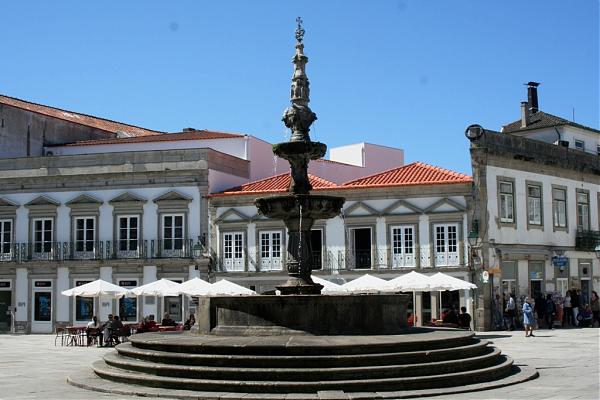
Building of Mercy and Church
In the year 1520, the Brotherhood of Mercy Viana grew until he could answer “House of Balconies”, coming from the XVI century, this is the only example of Renaissance-inspired architecture, Mannerist and Baroque.
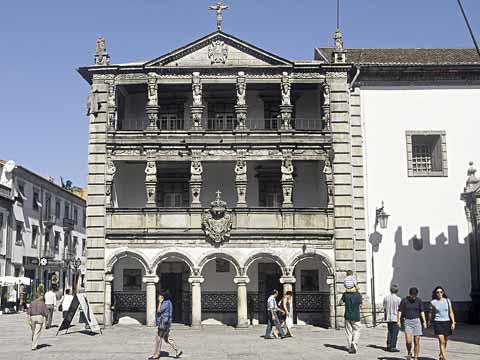
Costume Museum
In the historic center, this is the old Bank of Portugal. This museum aims to provide information and content on the ethnographic richness of traditional Viennese costumes through a collection of tools to create handmade garments.
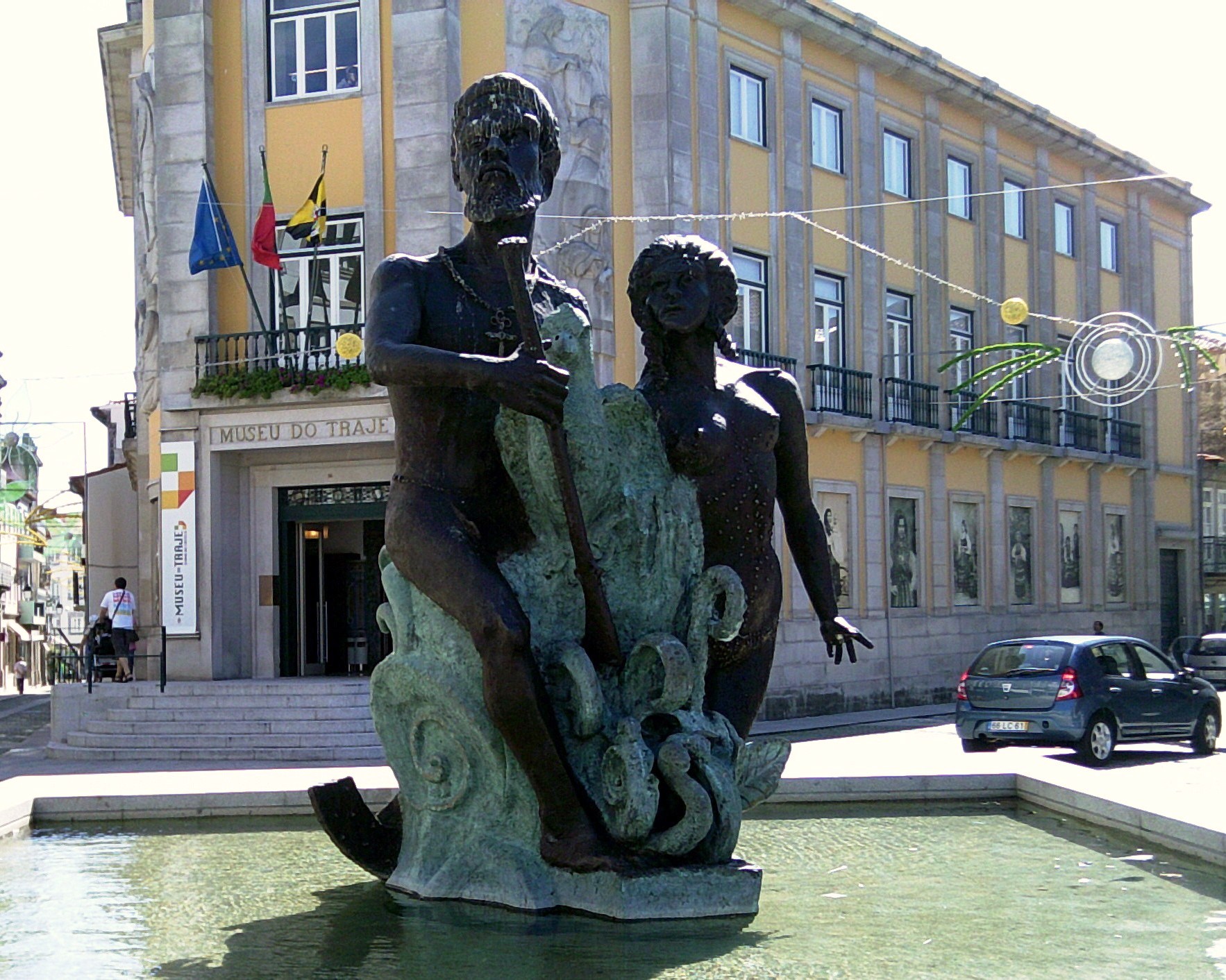
Old hospital
An old inn for the reception of pilgrims who traveled to Santiago de Compostela, this hospital was founded by John Paes “old” in the year 1468.
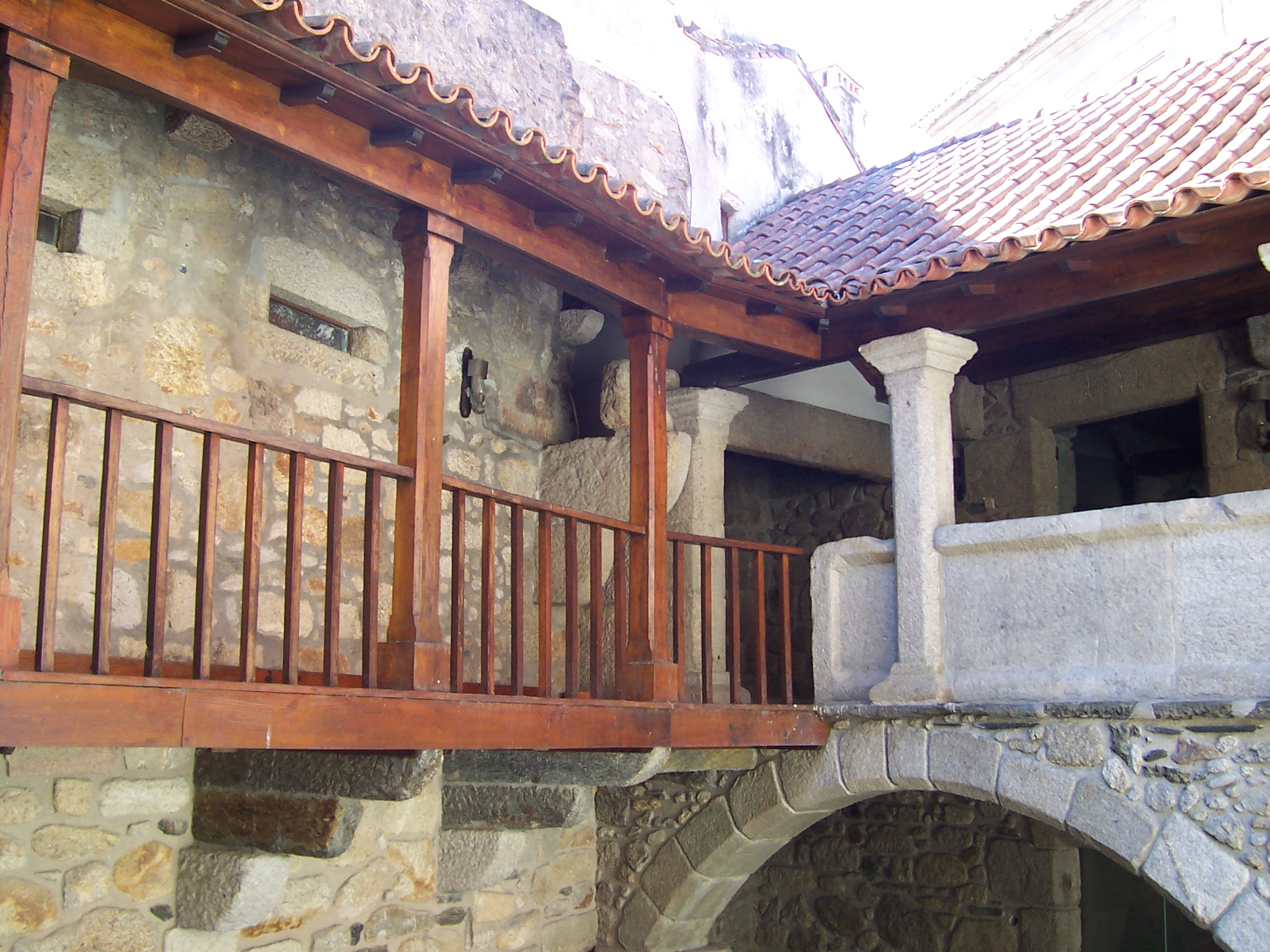
Mother church
Also known as Cathedral of Viana, this romantic architecture building and gothic aesthetic, this features six sculptures of the apostles of Jesus Christ, as St. Peter, St. Paul, St. John, St. Bartholomew St. James and St. Andrew.
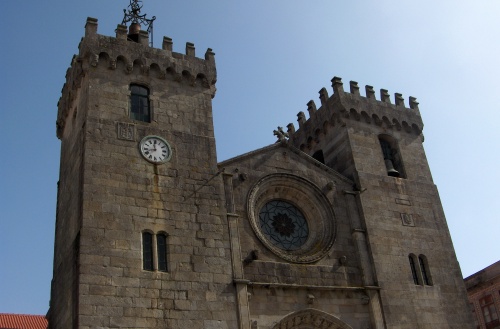
House of Costa Barros
A house originating from the Age of Discovery, which highlights the window inspired by the Renaissance with decorative motifs of Manueline and Plateresque.
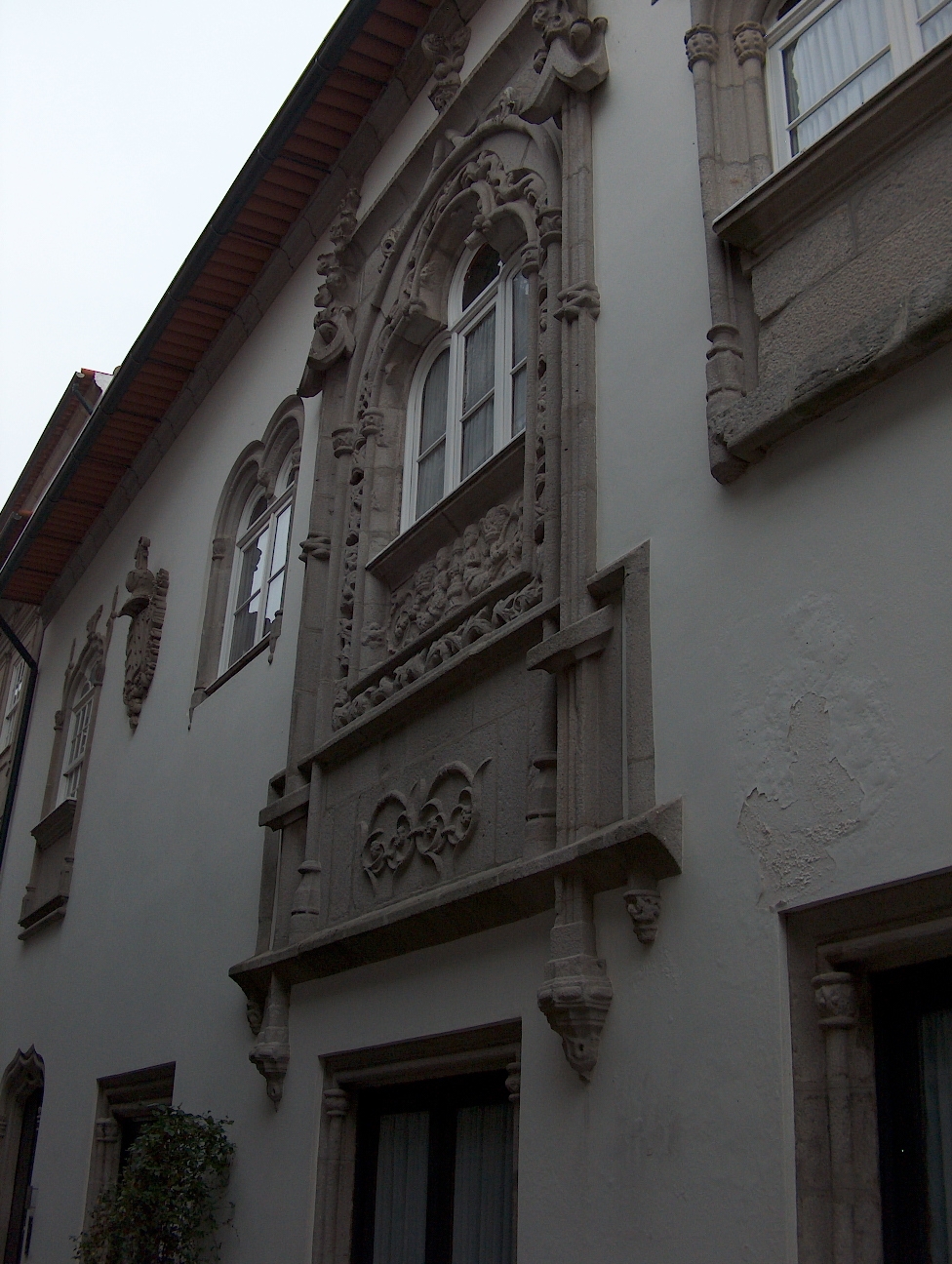
Viana statue
Built by Count of Bobadela, Jose Antonio Freire de Andrade, Arms Governor of Minho province in 1774, this rococo style female statue that presents itself with four busts, European continents symbols, Asian, African and American, the four worlds mareante of tradition and tradeswoman of the Viennese.
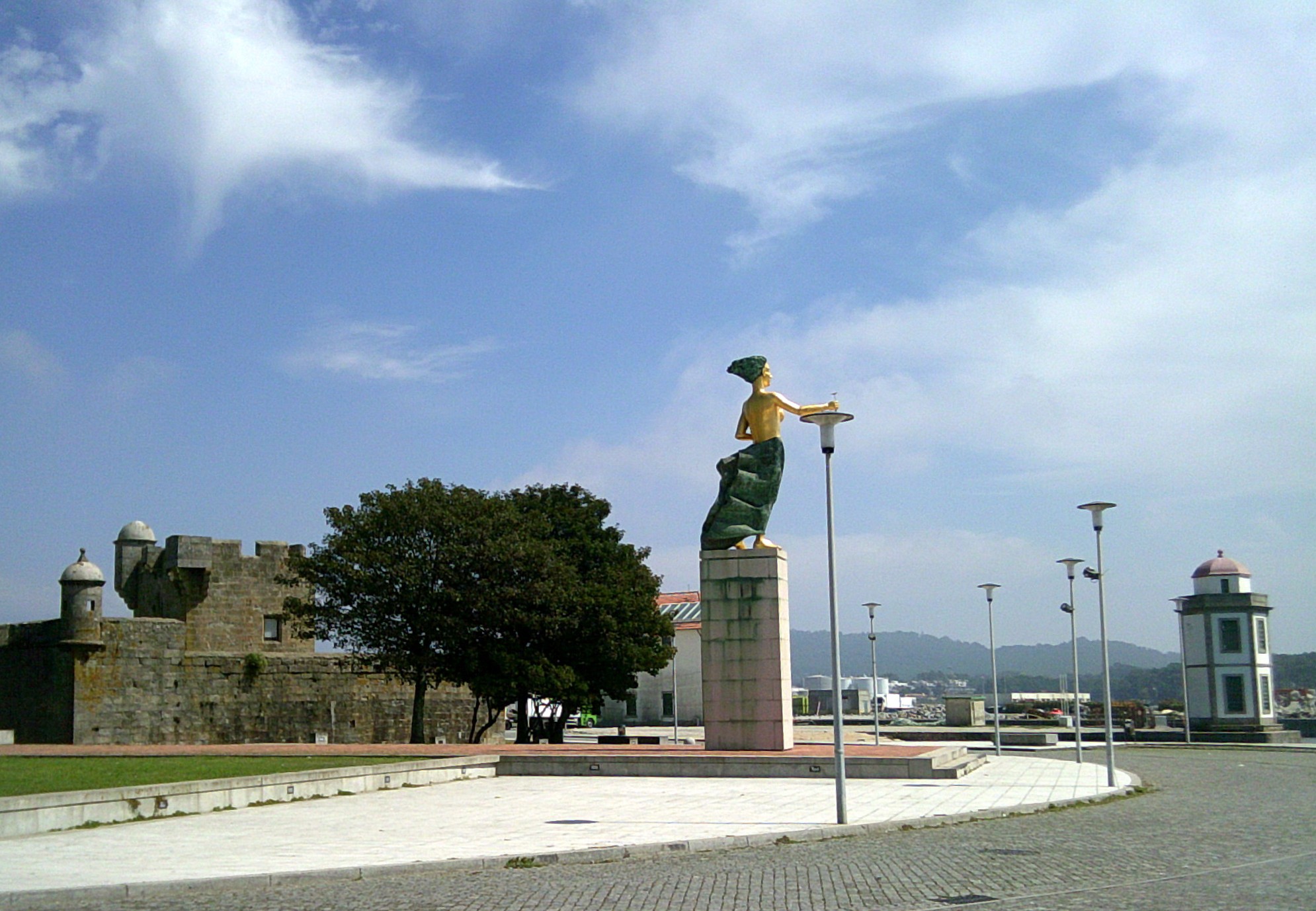
Chapel of Souls
The first array of Viana, to the current Cathedral, this became known as the Chapel of Souls, since its churchyard was the place of burial from the time of D. Afonso III to the late nineteenth century.
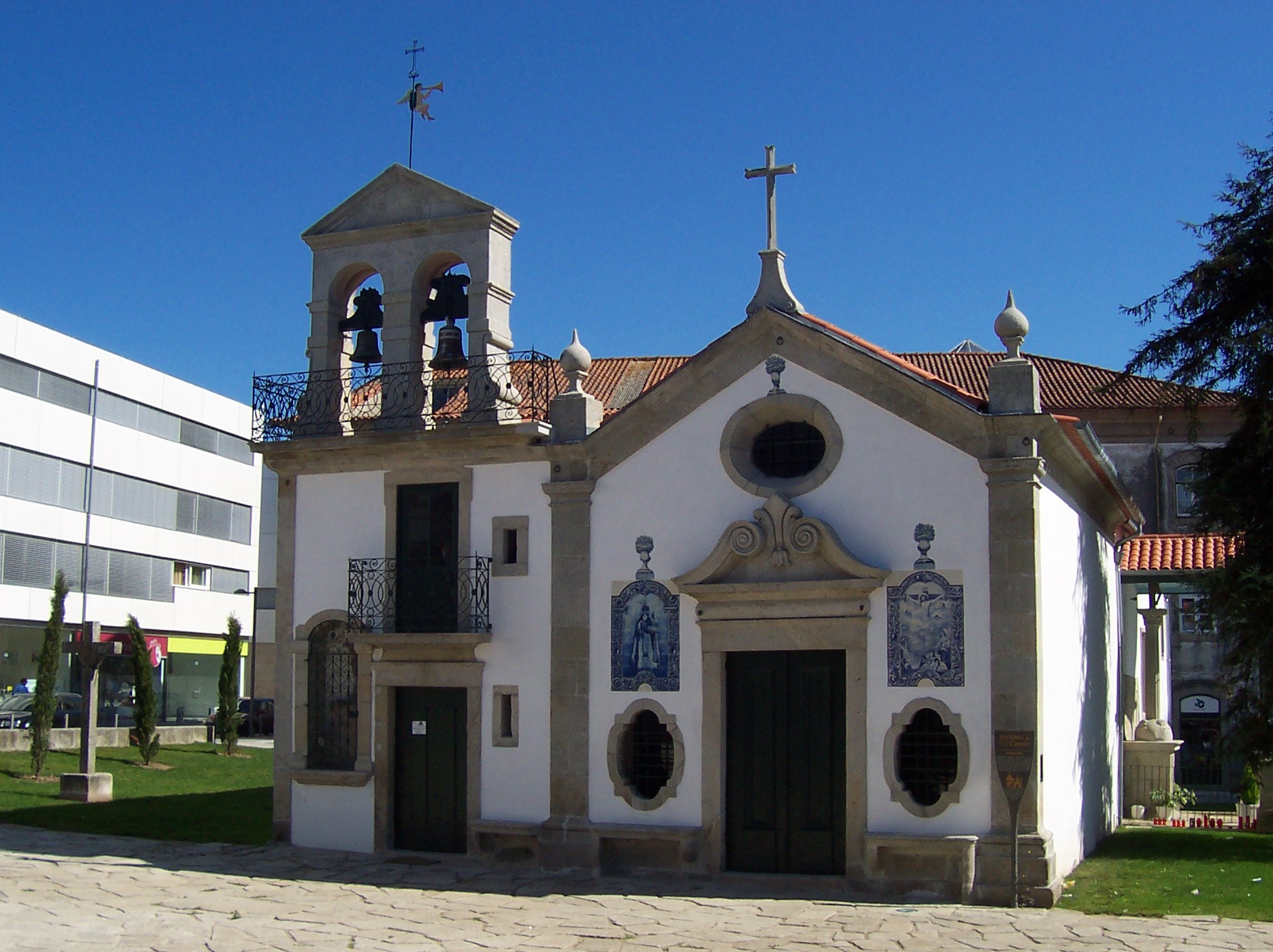
Eiffel bridge
At full time the iron architecture was expanding, this metal bridge over the river Lima, allowed both rail traffic but also replaced the old wooden bridge that connected the yard of St. Benedict, in Viana, on the sidelines left the river Lima.
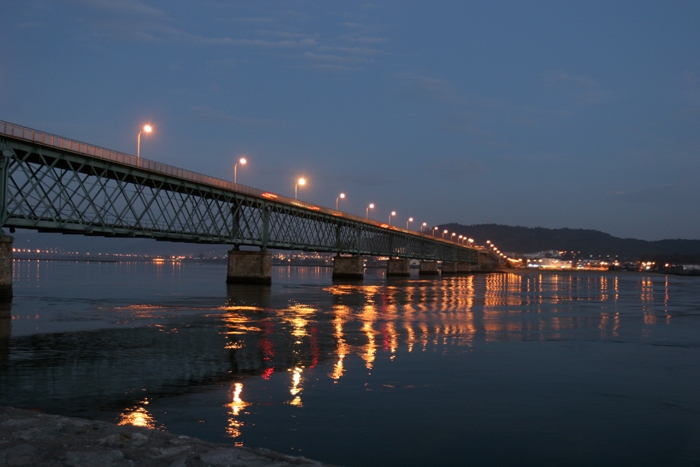
Malheiras chapel
Alluding to the family Malheiro Reimão, its owners, this chapel is one of the best example of Portuguese rococo architecture.
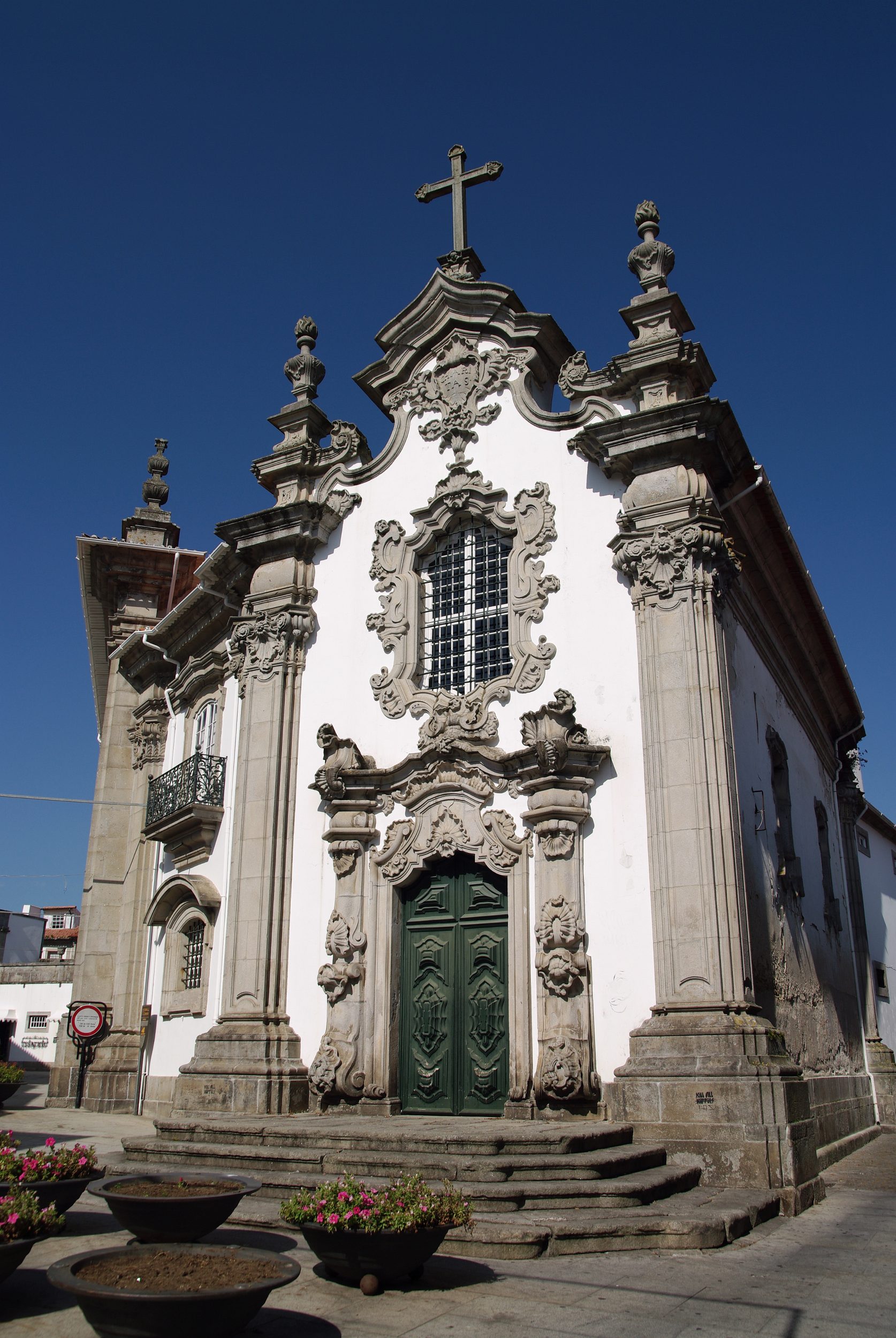
Church of Charity / Convent of St. Anne
This was sent by the local nobility to lift albergas the daughters of Viennese nobles, passing the Benedictine nuns. The primitive convent with a Gothic root style, this over the years, and over refurbishments, was maintaining its architectural traces, as the frontispiece of the eighteenth-century church of Baroque Johannine style and its tower was reused the beautiful spire manufactory.
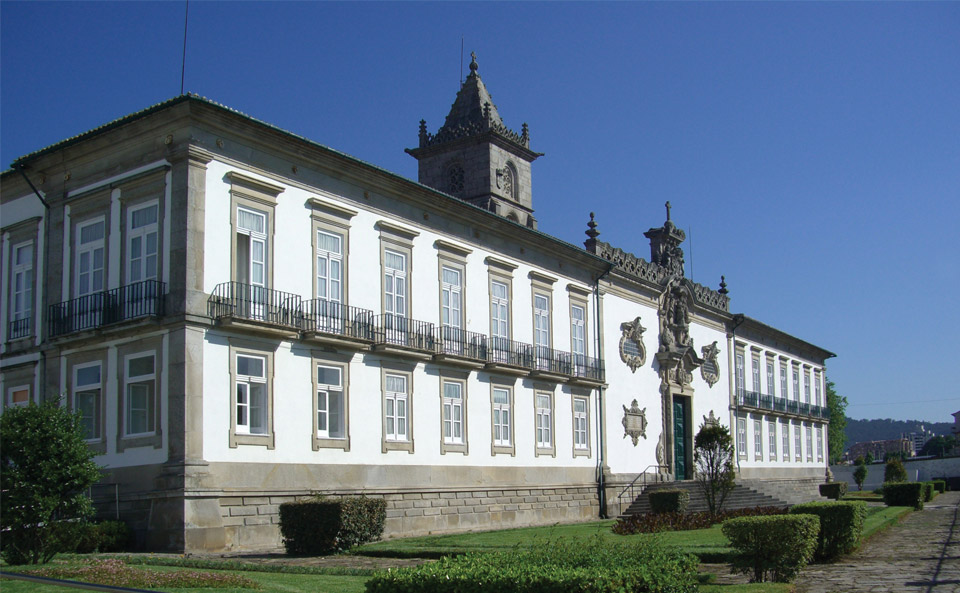
Sá de Miranda Municipal Theatre
Decorated with neoclassical elements, which highlights the vaulted ceiling with a beautiful fresco painting of John the Baptist Rio authoring, this theater reserves the curtain designed by scenographer Italian Manini and executed by Hercole Lambertini. With the recent restorations, it has developed as the main cultural center of Viana do Castelo.
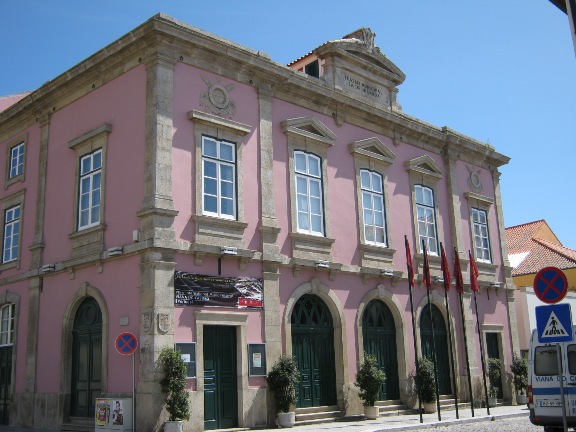
House of Melo Alvim
The oldest solar city, it retains the windows and battlements in Manueline style. In the 90s, this was restored to house an inn.
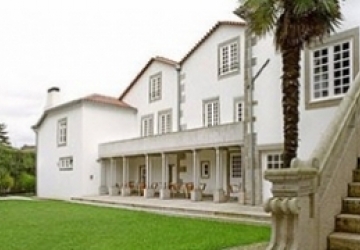
Municipal Museum
It lies in the Barbosa Maciel Palace, and features one of the most valuable collections of Portuguese faience of a century old, highlighting the Viana China factory, along with the furniture collection Indo-Portuguese-eighteenth century.
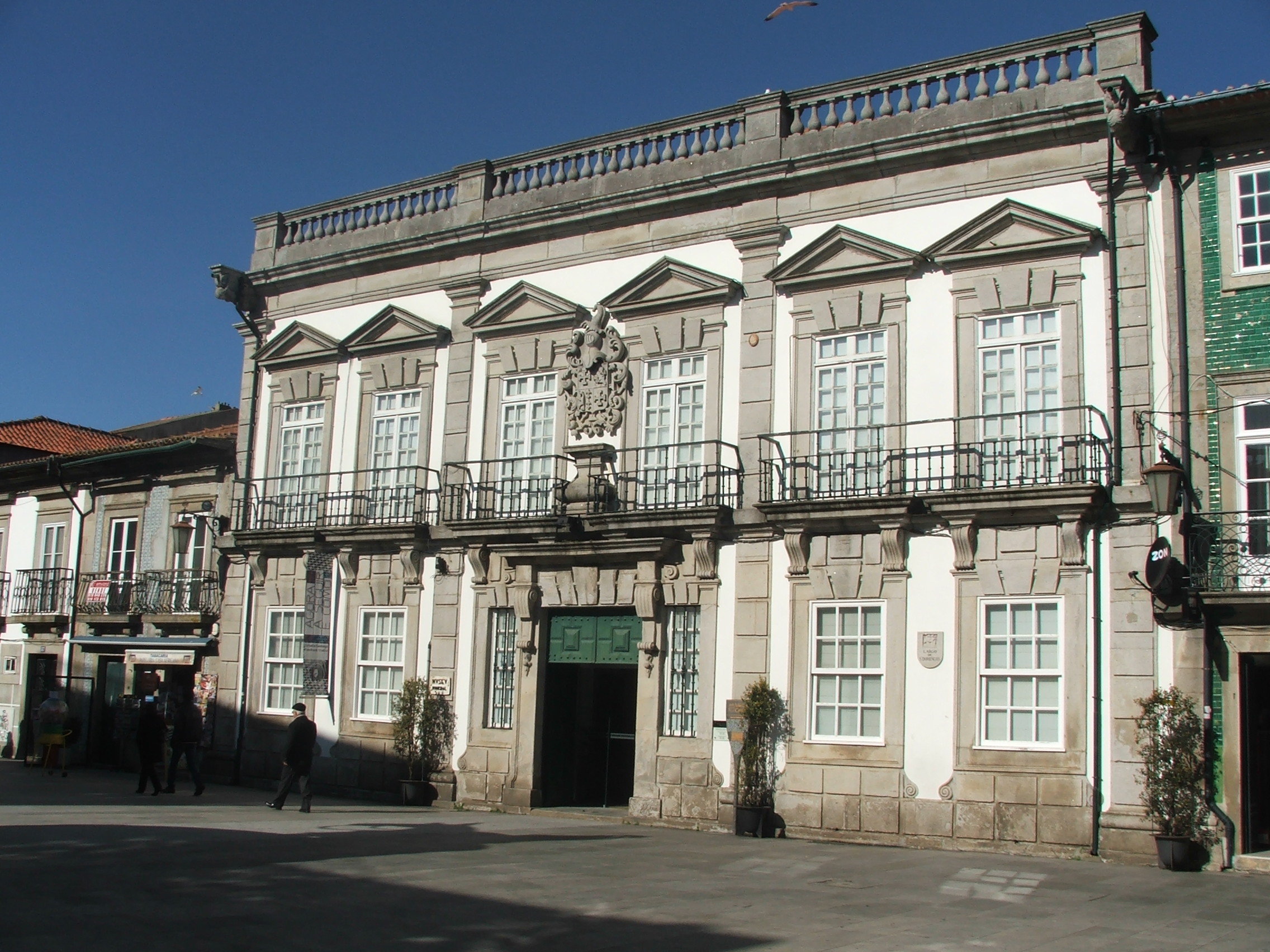
Church of St. Dominic
Subsisting the former convent of Santa Cruz, once founded by Dominican Friar Bartholomew of the Martyrs, the Holy Archbishop, this church was beatified by Pope John Paul II.
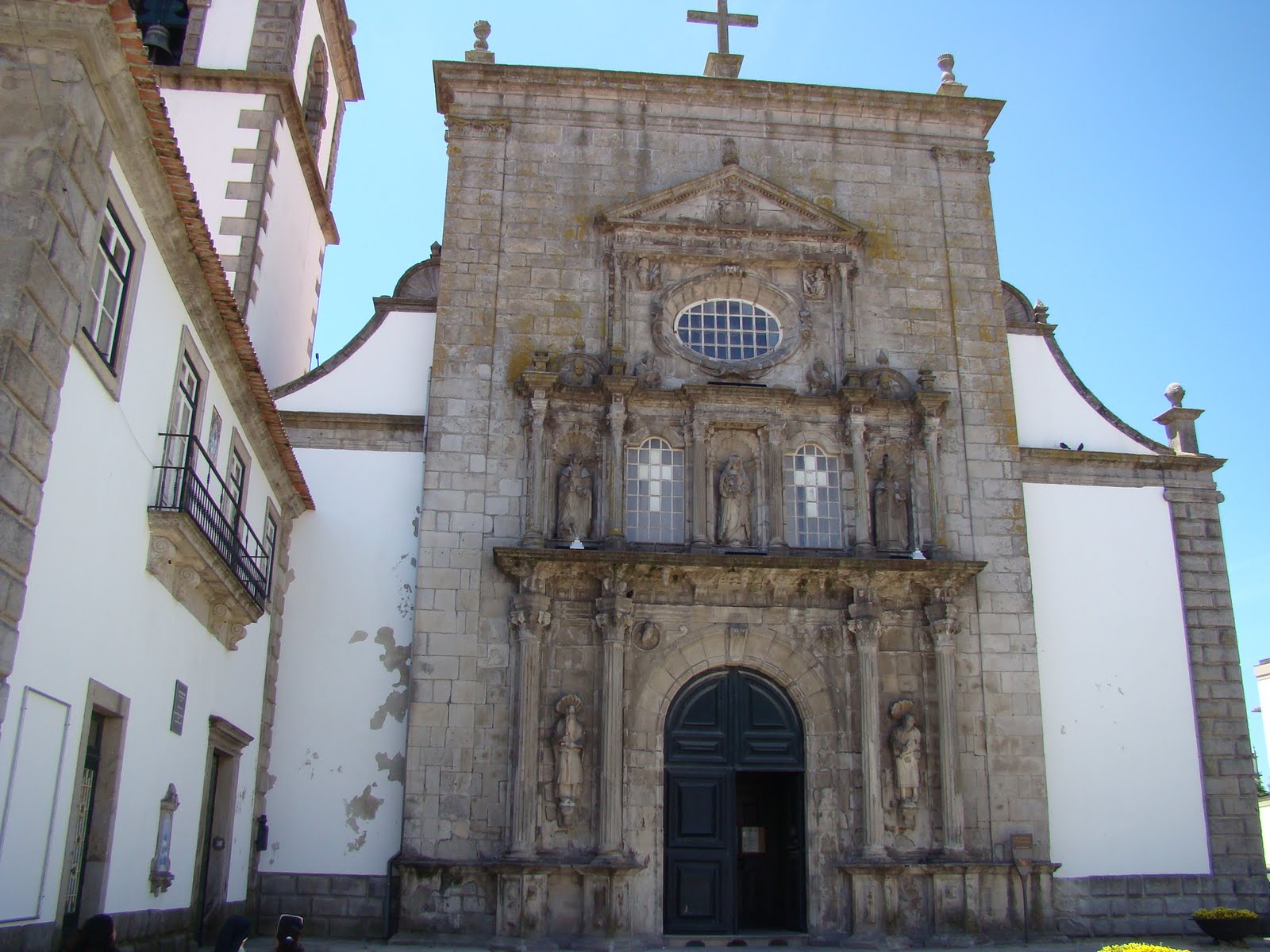
Basilica of Santa Luzia
On the western spur of the Santa Luzia mountain, the Sacred Temple Heart of Jesus, is one of the most emblematic monuments of Viana do Castelo, both for its excellent architectural art that harmonizes between neorromânicos, neobizantinos and neo-Gothic elements, made by one of the national and internationally renowned architects at the time, high-minhoto architect Miguel Ventura Terra.
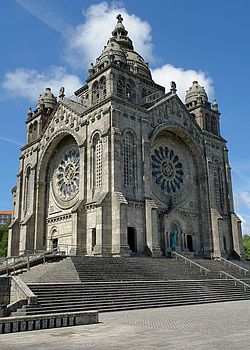
São Tiago da Barra Castle
Erected in the reign of D. Afonso III, this was considered the first fortification inserted in Bar Mouth of the river Lima. In the late sixteenth century, this fortress underwent improvement works during the Spanish rule, obtaining the polygonal present held by Filippo Terzi, recognized as the best designer of military buildings of that time.
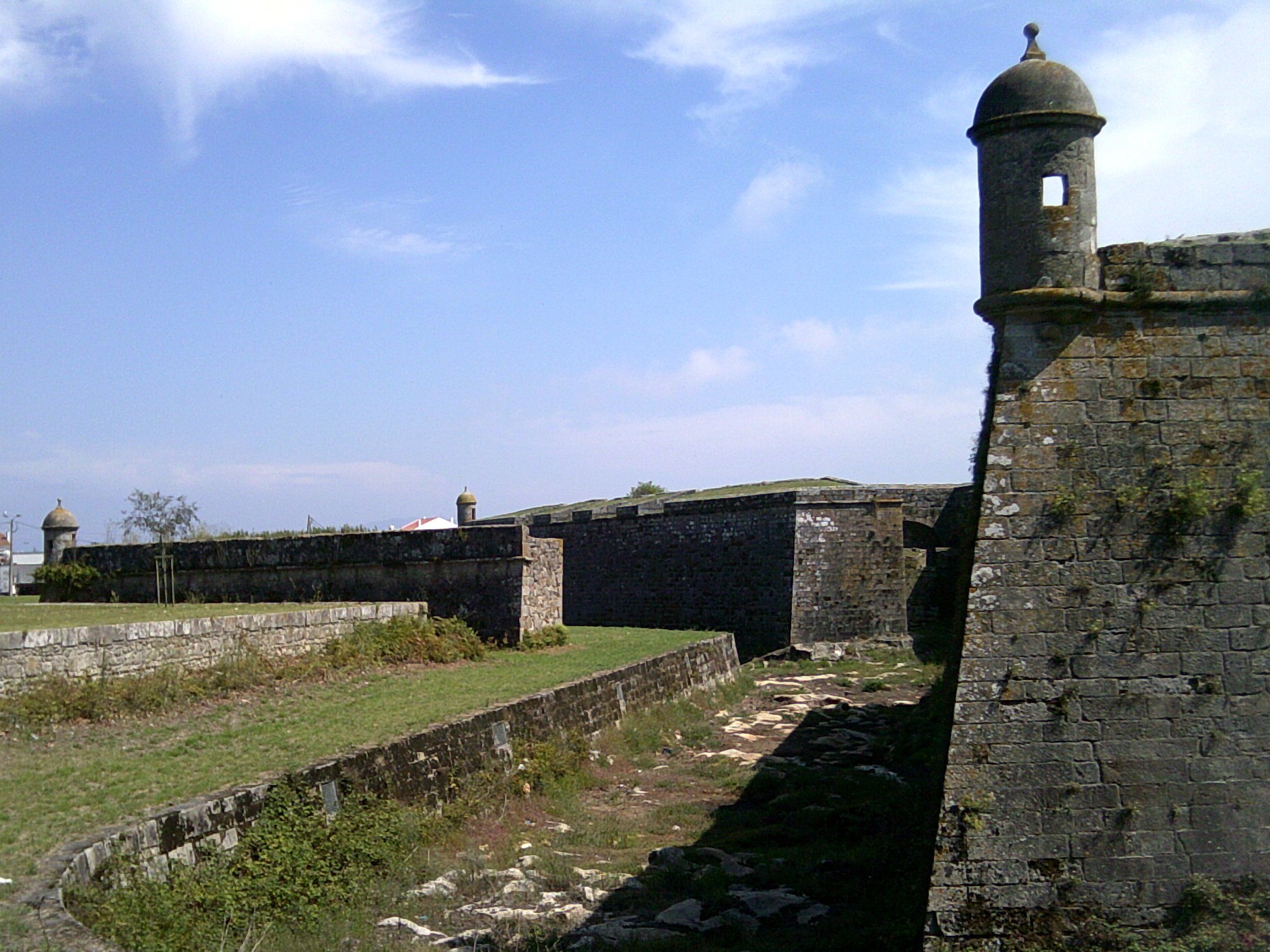
Areosa blockhouse
A fine example of seventeenth-century military architecture, it was built to take a stand against the Spanish attacks, the wars of the Restoration, part of the defensive placed line the banks of the Minho River and along the Atlantic Coast, which was achieved through several refurbishments of ancient fortifications, cases of Valencia Castles, Vila Nova de Cerveira and Santiago da Barra in Viana do Castelo; or by building strong as the Lobelhe (V.N.Cerveira), Insua (Caminha) and Paco (Carreço). Some of these fortifications also played an important role during the Napoleonic invasions.
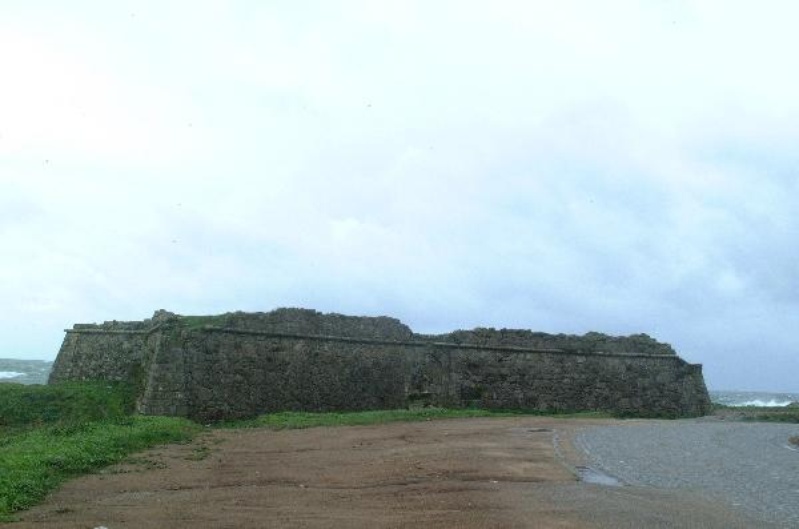
Citânia Santa Luzia (town castrejo Romanized)
Known as “Old Town”, this is one of the most recognized forts of northern Portugal, clearly one of the most important for the study of times of Protohistory and the Alto Minho Romanization. With a strategic position, this castrejo enabled control over the movements of inputs and outputs of the Mouth of the river Lima. One of the key features of this town is the polygonal device used in some homes that had ovens to bake the bread.
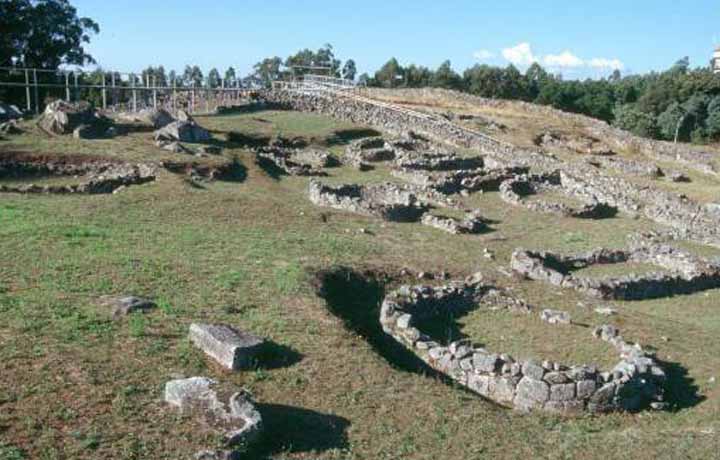
Gil Eannes Hospital Ship
Built in 1955 in Viana do Castelo, this time supported during the Portuguese cod fishing fleet, which carry travel between Newfoundland and Greenland. With a conversion project, this was transformed into a museum and a youth hostel core, offering a unique experience to its visitors.
